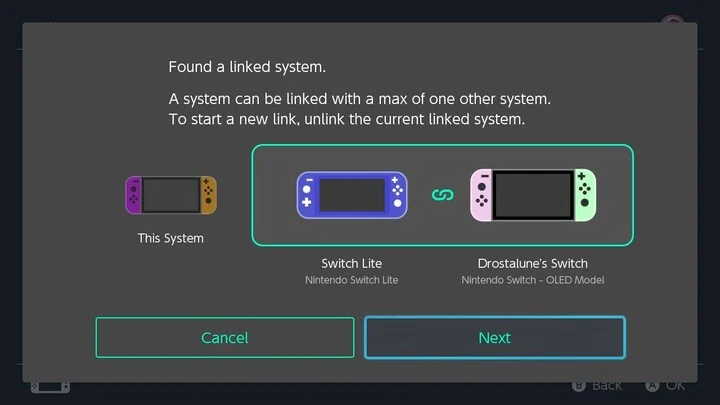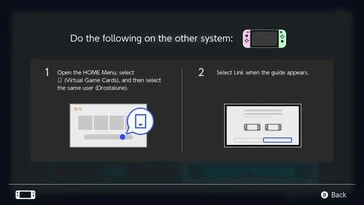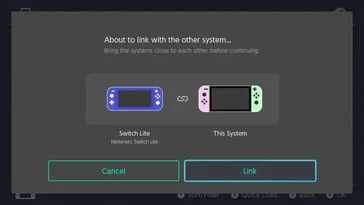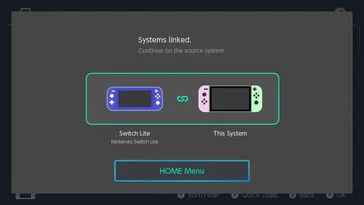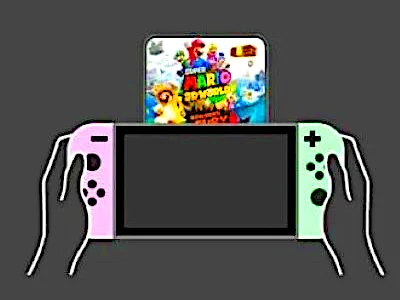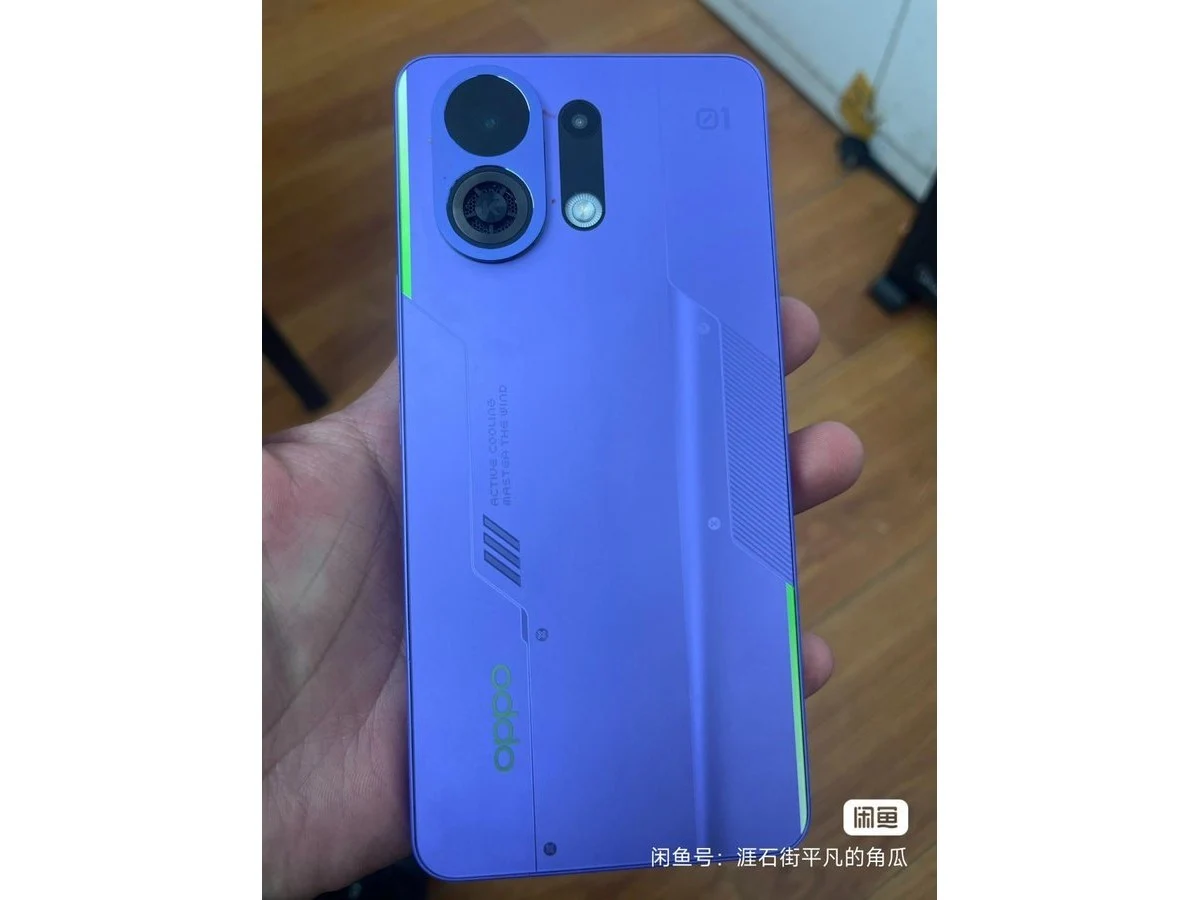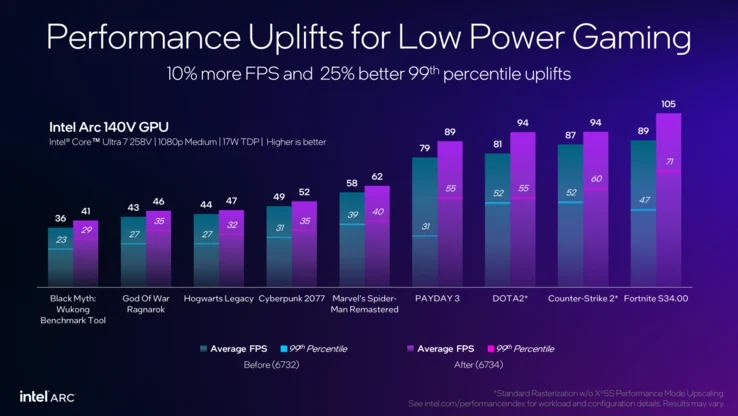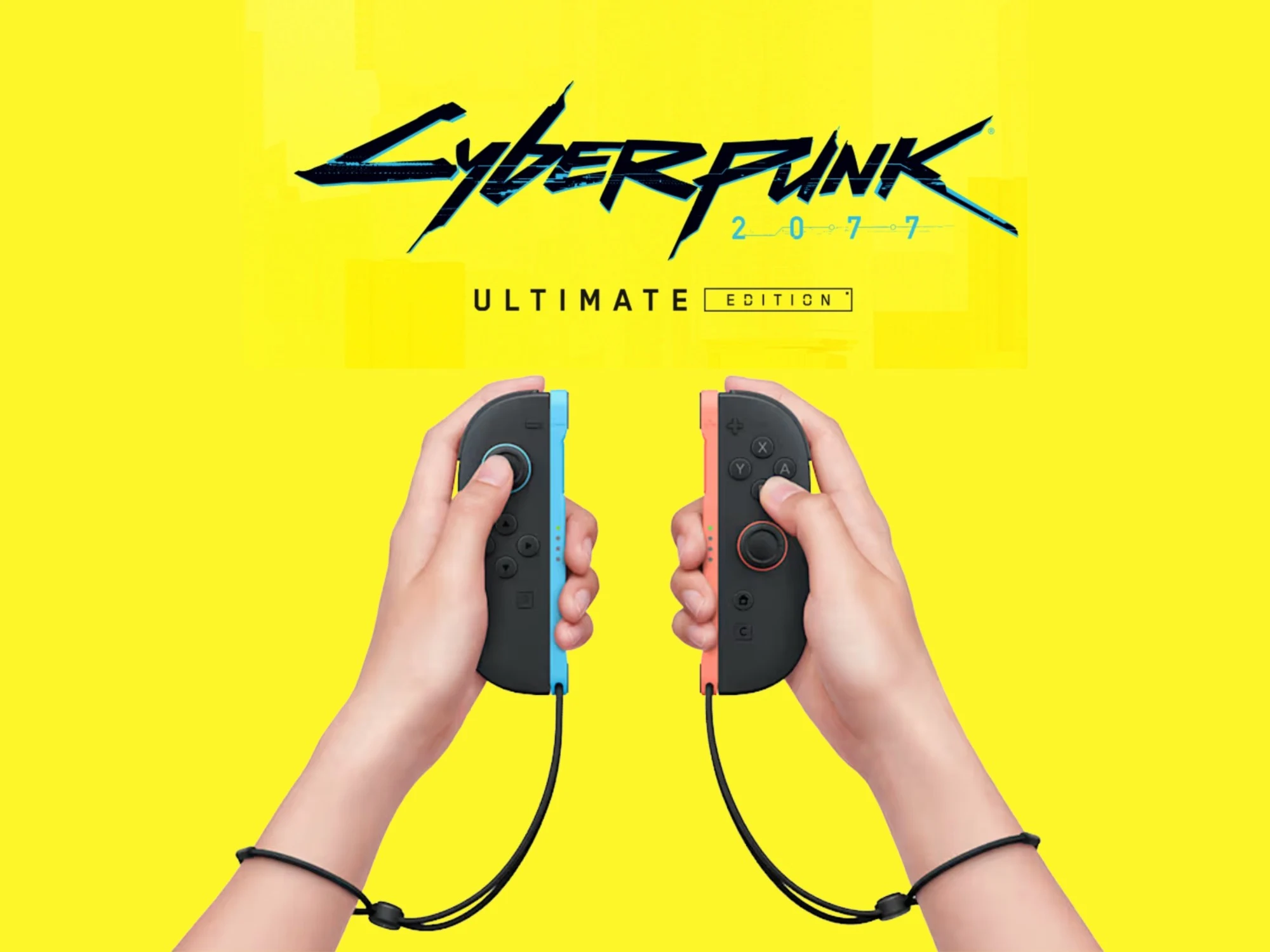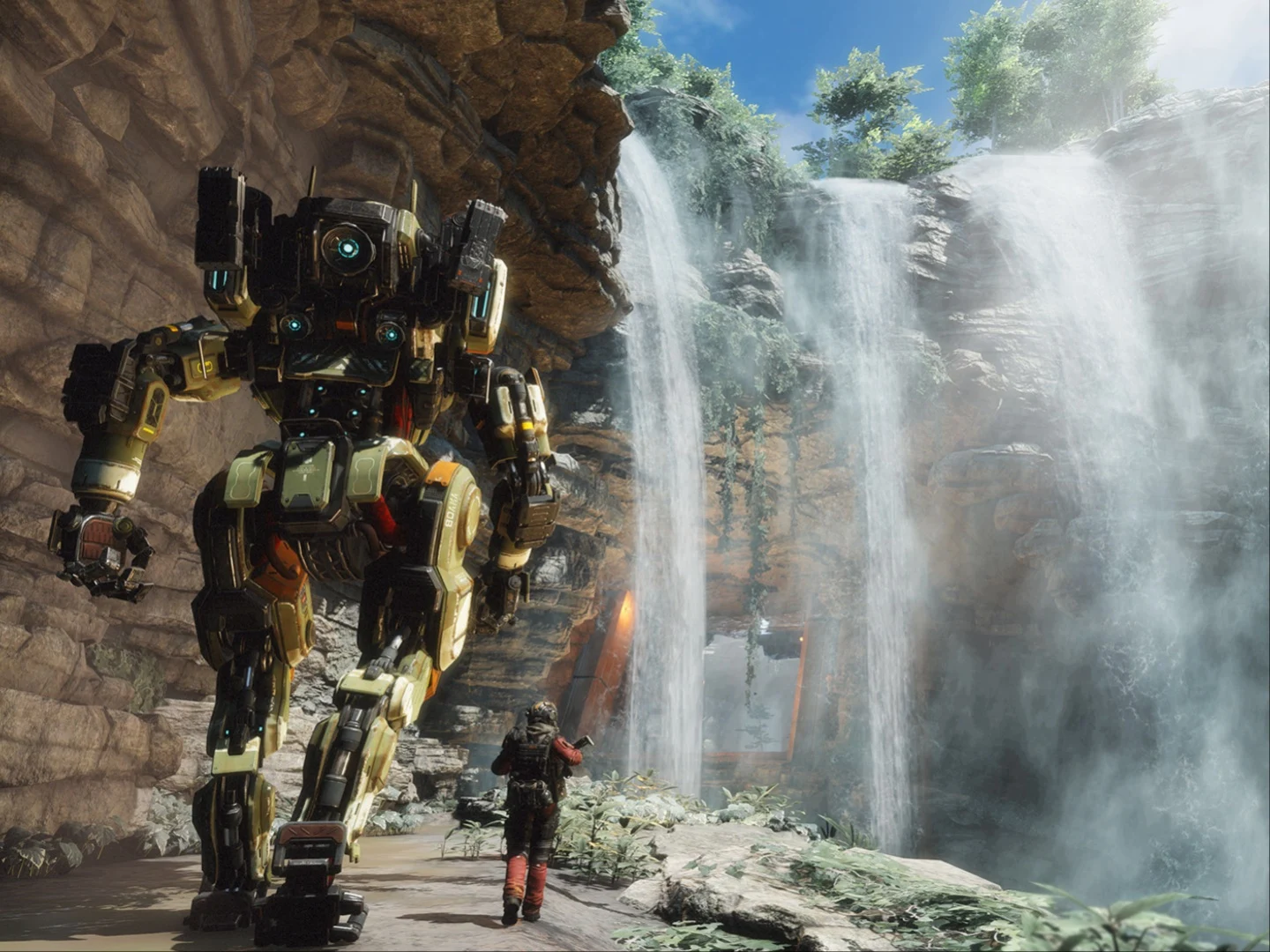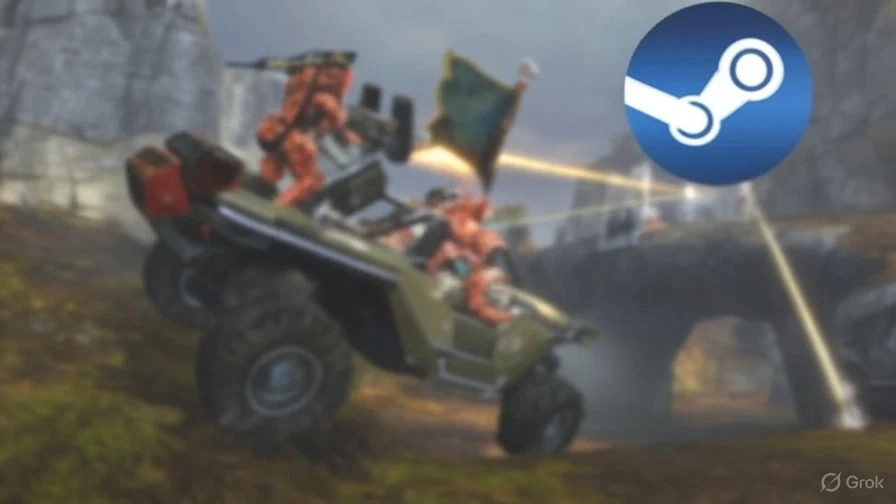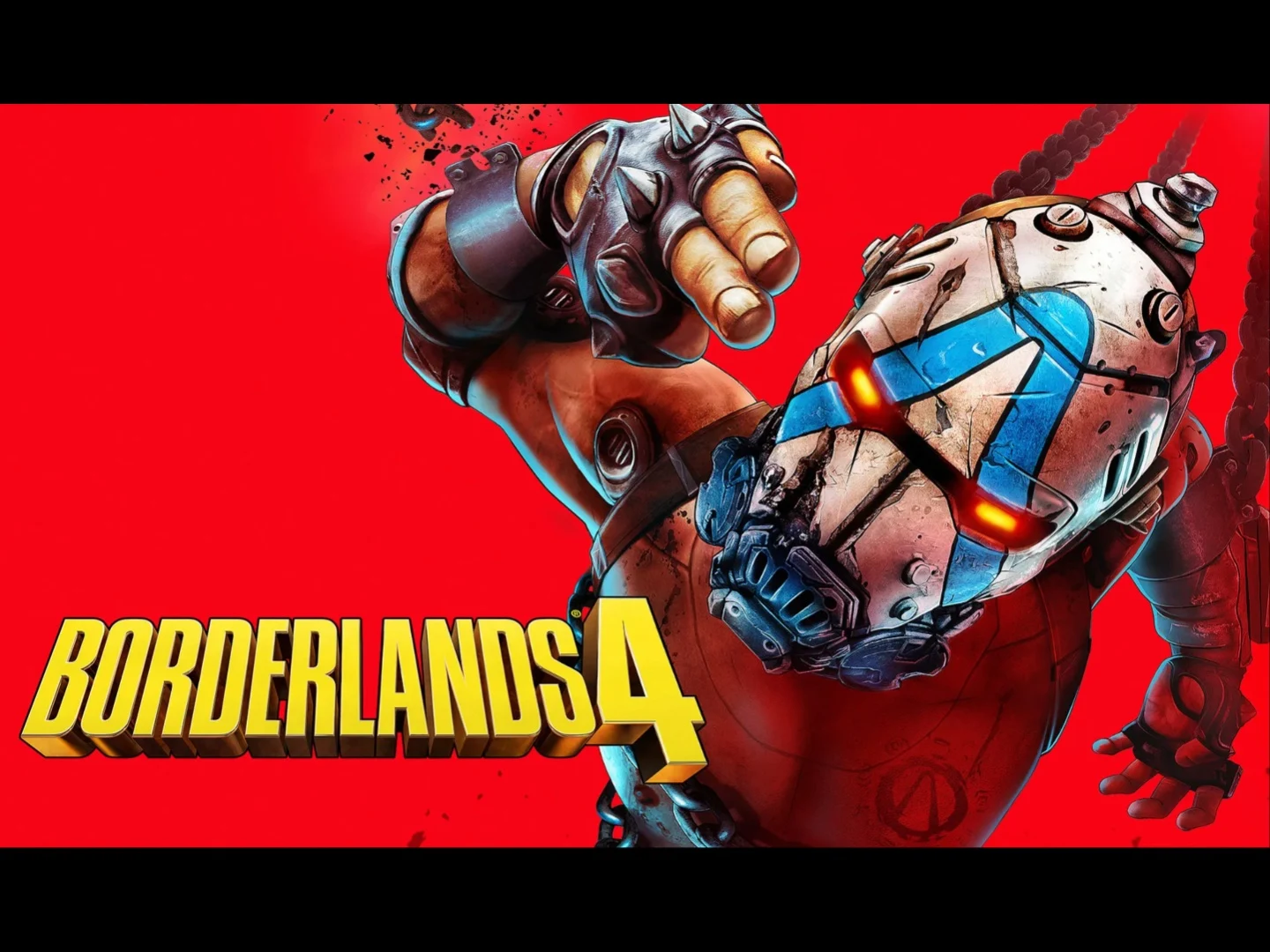Key Takeaways
1. Expansive Freedom and Customization: Oblivion allows players to explore a vast open world, join guilds, and create custom character classes, enhancing the RPG experience.
2. Remaster Enhancements: The 2025 remaster improves graphics, includes original DLCs, and updates gameplay mechanics while preserving the core storyline and essence of the original game.
3. Combat and Stealth Improvements: The remaster features a revamped combat system with active stamina, improved blocking, and enhanced stealth mechanics for a more rewarding gameplay experience.
4. User Interface and Accessibility: Although the user interface has been modernized, it lacks customization options, and some game mechanics still present challenges, such as frequent loading screens and unbalanced difficulty settings.
5. System Requirements and Performance: The remaster demands higher hardware specifications, leading to potential performance issues during open-world exploration, while maintaining visual quality with features like Ray Tracing and DLSS.
Released in March 2006, The Elder Scrolls IV: Oblivion set a new standard for first-person RPGs. Created by Bethesda Game Studios, which is now famous for hit titles such as Fallout 3, Skyrim, and Starfield, it provided an unmatched level of freedom along with impressive graphics for its time.
A Gripping Storyline
The game kicks off with the murder of the Emperor, where demonic Daedra from the realm of Oblivion invade the province of Cyrodiil. Players can wander an expansive open world, join various guilds, and design their own character classes. Apart from traditional roles like warrior, mage, and archer, players could also create a custom class entirely from scratch.
Accessibility and Influence
Oblivion’s innovative game systems made it more accessible than its predecessors, propelling it into mainstream success. This helped solidify its place as one of the most impactful RPGs in history, captivating many gamers.
On April 22, 2025, nearly 19 years after the original game’s debut, Bethesda, in partnership with Paris-based Virtuos, released a highly awaited remaster of the classic RPG. The Elder Scrolls IV: Oblivion Remastered honors its origins, which is a positive aspect. The core aspects of the original are preserved, while the visuals and quality-of-life improvements have been updated for contemporary players.
Fresh Elements in Familiar Territory
The storyline remains unchanged, but new dialogue and additional voice actors bring fresh energy while keeping the original feel alive. Notably, all original DLCs are included in the remaster, a commendable move from Bethesda. The two major expansions, Shivering Isles and Knights of the Nine, are fully integrated into the remaster.
Using Unreal Engine 5, combined with elements of the original Gamebryo engine for physics and primary gameplay, the remaster showcases several technical improvements:
The remaster significantly enhances detail, creates richer environments, and offers a more polished visual experience compared to the original. During our gameplay, what caught our attention were the redesigned character models, improved facial animations, and a combat system that feels much more impactful.
Modern Enhancements
While keeping the classic Oblivion essence, the remaster introduces various modern enhancements. For instance, the leveling system has been revamped, allowing players to distribute twelve attribute points with each level-up freely. In the original, players had to increase specific major skills to level up, which many found cumbersome and confusing.
A new sprint feature allows players to navigate the vast plains and thick forests of Cyrodiil much quicker, making exploration less of a chore and speeding up the gameplay overall. The developers also refined the third-person perspective, updating HUD elements. In the past, the over-the-shoulder camera seemed like a gimmick, but now it can be utilized throughout the game without any gameplay disadvantages.
Combat System Overhaul
The combat mechanics have undergone significant changes, feeling much more contemporary while retaining the nostalgic charm. The remaster introduces an active stamina system and improved blocking. Timing well with blocks can stagger foes and reduce damage more effectively. While combat is slightly more challenging, it is also more rewarding. Hitting a Dremora with a war hammer never fails to entertain.
Archery and sneaking have also seen enhancements. Bow shots now feel more powerful and satisfying. Revamped arrow physics make hits seem more realistic, while new hit animations and improved sound effects add to the experience. Striking an unsuspecting bandit from a distance with an arrow is truly gratifying, especially when it lands with a satisfying thud.
Improved Stealth Mechanics
The new stealth mechanics are a clever upgrade. Previously, sneaking could be frustrating, with enemies reacting too slowly or in illogical ways. Now, their reactions to sight and sound are more consistent, and a new sneak indicator gives clear feedback on detection status.
The user interface has received a complete makeover and now appears more modern. However, we wished Bethesda had made it a bit more user-friendly. When looting an enemy, the option is to press the R key for all items or click each item individually with the mouse. It would be more convenient to scroll through the enemy’s loot with a single button. Unfortunately, these UI settings cannot be customized, indicating room for improvement.
Preserving Original Flaws
The developers have successfully kept the spirit of the original, including some of its flaws. Old limitations like frequent loading screens and simple dungeon designs still exist. The issue of enemy level scaling also persists: since enemies level up with the player, character growth can often feel less satisfying.
The difficulty settings also seem unbalanced. While “Adept” presents little challenge, “Expert” can quickly become frustrating—not in a good way. This is because the difference between the modes is merely in damage dealt. At higher levels, players take more damage while inflicting less.
System Requirements and Performance
Visually, the remaster is a significant improvement over the original, but it comes with notably higher system requirements. For our tests, we used a system with an RTX 4080 Super, Ryzen 7 7800X3D, and 64 GB of RAM, with all graphics settings maxed. Although dungeons ran smoothly, we experienced performance dips during our exploration of the open world, which manifested as brief stutters. On average, the frame rate in the open world hovered around 90 FPS. Without DLSS and Frame Generation, however, the FPS dropped considerably.
Anyone looking to delve into the enhanced version of Tamriel should have a powerful system or be prepared to lower graphics settings significantly. Bugs are still a possibility. While issues have been reported on Reddit, our test run faced only a few crashes and endless loading screens.
A Beautiful Yet Quirky Experience
The world is visually stunning, the gaming experience refined, and even the goblins appear more respectable. Anyone who adventured through Cyrodiil with wonder back in the day will find themselves right at home again—quirks and all, including those that sparked discussions in 2006.
In technical terms, the remaster impresses with sleek graphics and modern features like Ray Tracing and DLSS but also requires robust hardware. Old design flaws, such as frequent loading screens, inconsistent level scaling, and repetitive dungeon designs, have also made their way into the remaster—nostalgia is present, but so are the same rough edges.
In summary, for fans of the original, the remaster is essential—provided you have a powerful graphics card and a taste for old Bethesda charm. New players should expect a role-playing experience from an era when tutorials were a luxury and loading screens were commonplace. Those willing to overlook these flaws will discover an iconic piece of RPG history—prettier than before but just as unapologetically quirky.
Source:
Link
